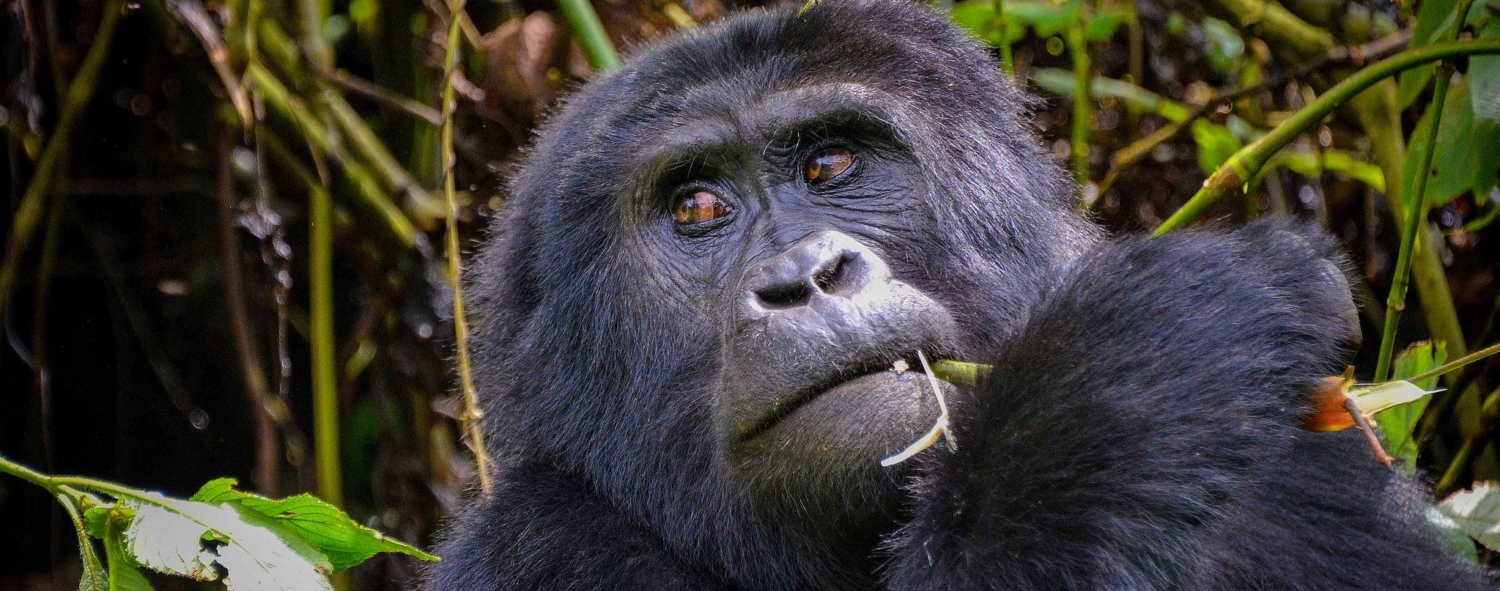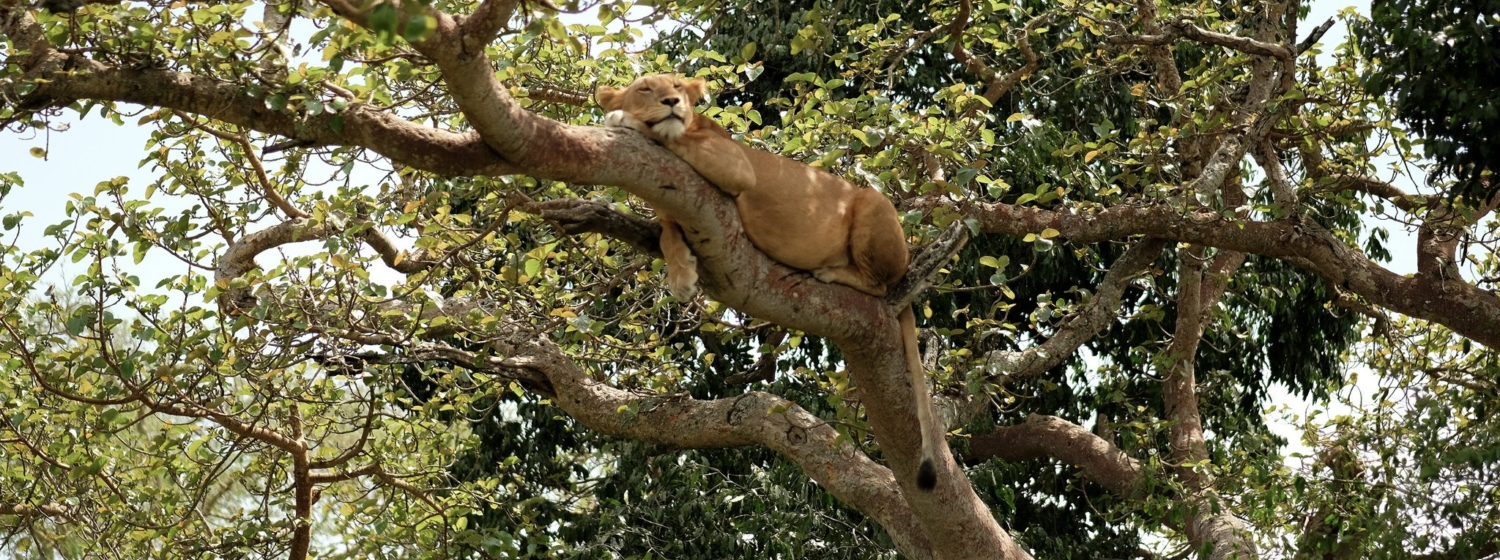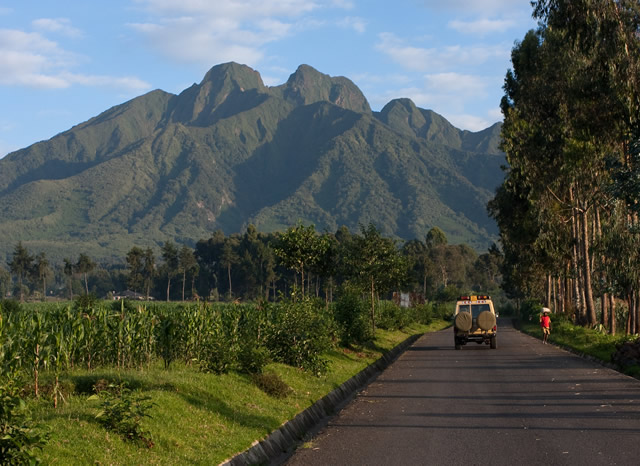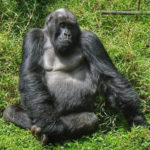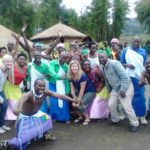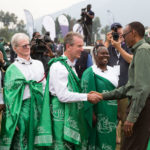Lion tracking experience guarantees sightings of lions monitored by Uganda Wildlife Authority (UWA) rangers in the Kasenyi plains, the northern sector of Queen Elizabeth National Park. The new experimental experience is one thing you should try out on your Uganda safari. Rangers will search and locate lions by use of GPS at any time of the day. Visitors are permitted to spend 1 to 4 hours learning about the habits of the big cats, take photos and thereafter receive a certificatthe e. The permit for lion tracking experience cost is $100 per person (not for profit) and can be booked through UWA or a tour operator. You have the option of booking a morning or afternoon session at the Mweya visitor center up to 24 hours in advance. All proceeds benefit the Lion Conservation Fund, which was established in 2010 under the Uganda Large Carnivore Program (ULCP). The monitoring and research data is used to strengthen conservation efforts and stop a dwindling population of lions in Uganda. The ishasha sector in the southern region of Queen Elizabeth National park is also home to tree-climbing lions. However, the experiential activity involves tracking lions that do not climb trees
Status of lions in Uganda
Lions in Uganda are mostly found in 4 savanna protected areas including Murchison Falls, Kidepo Valley, and Queen Elizabeth National Parks. The Wildlife Conservation Society (WCS) and UWA survey estimated there were 600 lions in 2009, but only 416 remain today. The numbers have decreased mostly in Murchison Falls (from 320 to 130 individuals). On the other hand, Queen Elizabeth National Park alone is home to 144 lions of which 65 to 72 lions live in the Kasenyi plains. Because of this viable number, the park was designated as a Lion Conservation Unit (LCU), making it a critical site for their conservation. It has drawn the attention of NAT GEO Wild explorers, and the BBC Big Cat Diaries have filmed lions, taken part in the lion tracking experience, and offered technical support.
![]() The lion population seems to be declining not only in Uganda but also across Africa with an estimated 25,000 to 39,000 lions now left in the wild. According to the National Geographic Big Cats Initiative (NAT GEO Wild), their habitat range has decreased by 80% and the numbers have declined by 43% since 1990. Due to the threat of extinction, lions are listed by the IUCN as “Vulnerable” species. Human interference is the biggest threat to lions. Many people and their livestock live close to Queen Elizabeth National Park and will sometimes go over the boundary to look for water and pastures. The lions will attack or even kill their animals as prey. In most cases, the locals will retaliate by poisoning carcasses. If the big cats return to feed they will eventually die. For instance, 11 lions (3 adults and 8 cubs) died from suspected poisoning in 2018 in Hamukungu, a fishing village adjacent to Kasenyi plains. Two years later, six other tree-climbing lions in Ishasha died in a similar manner. Saddened by the news, the NAT GEO explorer Alexander Braczkowsk, who filmed the lions before their deaths, said that “if the killings go on at the present rate, the park will be devoid of lions five years from now.” This is why monitoring the lions helps to keep track of where they’re likely to encounter possible dangers.
The lion population seems to be declining not only in Uganda but also across Africa with an estimated 25,000 to 39,000 lions now left in the wild. According to the National Geographic Big Cats Initiative (NAT GEO Wild), their habitat range has decreased by 80% and the numbers have declined by 43% since 1990. Due to the threat of extinction, lions are listed by the IUCN as “Vulnerable” species. Human interference is the biggest threat to lions. Many people and their livestock live close to Queen Elizabeth National Park and will sometimes go over the boundary to look for water and pastures. The lions will attack or even kill their animals as prey. In most cases, the locals will retaliate by poisoning carcasses. If the big cats return to feed they will eventually die. For instance, 11 lions (3 adults and 8 cubs) died from suspected poisoning in 2018 in Hamukungu, a fishing village adjacent to Kasenyi plains. Two years later, six other tree-climbing lions in Ishasha died in a similar manner. Saddened by the news, the NAT GEO explorer Alexander Braczkowsk, who filmed the lions before their deaths, said that “if the killings go on at the present rate, the park will be devoid of lions five years from now.” This is why monitoring the lions helps to keep track of where they’re likely to encounter possible dangers.
Challenges and solutions for lion conservation
The lion tracking experience is therefore meant to raise funds for conservation activities. So far, several measures are being implemented by the Uganda Large Carnivore Program (UCP) including community-based initiatives that aim to pay locals for any livestock lost to lions and other predators. However, the Uganda Wildlife Act of 2019 established the Standards, Utilities and Wildlife Court, which must hear cases against those involved in wildlife tracking and crime. The 2 persons who were found guilty were sentenced to 17 years in prison.
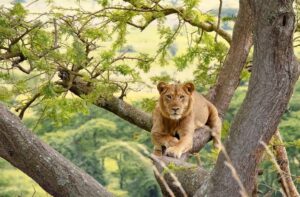 Such penalties and financial rewards, however, have been criticized as not being sound measures to change people’s attitudes toward conservation according to a study in the Journal of the Society for Conservation Biology (Evidence of increasing human-wildlife conflict despite a financial compensation scheme on the edge of a Ugandan National Park). A new monitoring and research program has been rolled out for further study to find better ways of addressing the challenges. So far, camera traps have been set across 60 locations both in Queen Elizabeth and Kidepo Valley National Parks to monitor the lions under a joint survey between UWA and NAT GEO Wild scientists. Other measures include preventing elephants from raiding crops. UWA built an electric fence stretching 40 km along the park’s border with the Kasese district. The barrier will also be installed soon in Murchison Falls National Park.
Such penalties and financial rewards, however, have been criticized as not being sound measures to change people’s attitudes toward conservation according to a study in the Journal of the Society for Conservation Biology (Evidence of increasing human-wildlife conflict despite a financial compensation scheme on the edge of a Ugandan National Park). A new monitoring and research program has been rolled out for further study to find better ways of addressing the challenges. So far, camera traps have been set across 60 locations both in Queen Elizabeth and Kidepo Valley National Parks to monitor the lions under a joint survey between UWA and NAT GEO Wild scientists. Other measures include preventing elephants from raiding crops. UWA built an electric fence stretching 40 km along the park’s border with the Kasese district. The barrier will also be installed soon in Murchison Falls National Park.
Besides the lion tracking experience, other activities in Queen Elizabeth National Park include game drives, boat cruises on the Kazinga Channel, bird watching, and visits to crater lakes such as Lake Katwe, where salt mining has been practiced since the 16th century. The park also has chimpanzee tracking opportunities in the Kyambura Gorge and Kalinzu Forest Reserves.

